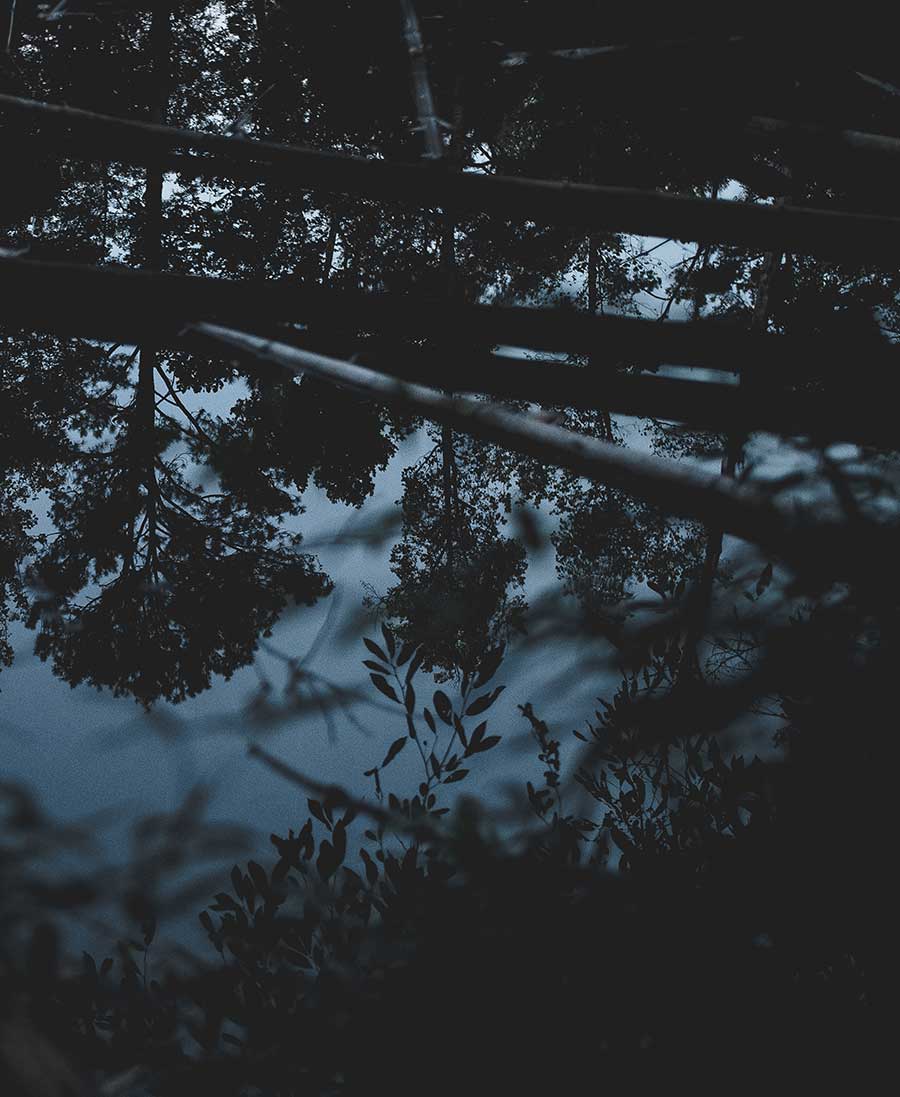Haverscroft – Writing A Ghost Story
How do you write a good ghost story?
In The Beginning
All writers have to start somewhere. Some begin as children, and others, like me, leave it much later. Stories played out in my mind for as long as I can remember, but it wasn’t until after our youngest child was born that I thought it was a case of ‘now or never’ and booked onto a writing course that met for two hours each Wednesday evening. Those two hours quickly became the focal point of my week. We wrote short stories, poetry and longer fiction. I started a novel that abruptly ended at around 30,000 words. I still have no idea what Esther and her family got up to once they escaped the workhouse on a freezing January morning in 1867.
Writers’ block or a dry spell, call it what you will, but I did not write for a couple of years. I wanted to write about the supernatural but needed to figure out how to go about it in a fresh way, free of cliches. Advice often given to fledgeling writers is to write what you know. That sounds like a good premise. If I had followed that advice, though, Haverscroft would not have been written. I’ve never seen a ghost. So how do you write a ghost story, assuming most of us will not experience the supernatural, even if we wanted to?

The Keeling Family Arrive
One Sunday evening Kate Keeling and her family walked into my mind. I was sitting by the fire, and for once, the children were all playing without WW Three breaking out. I wrote a few thousand words very quickly; the family and the village of Weldon were clear in my imagination. I knew they were looking for a rambling old house. It was nameless at that time, but it dripped with purple wisteria in the spring, and the interiors were never warm. Beyond that, I knew little of the story that became Haverscroft. Kate hung around stubbornly for the next few years, quietly slipping into my subconscious, demanding attention each time I gave up on the story and closed the file on my desktop.

An Old Spooky House
One of my earliest memories is of being held in the arms of someone who wasn’t my mother. We were in a sunken garden at the end of a long, sloping lawn as she held me up to the branches of a willow tree. Winter was giving way to spring, a crisp, bright day. I recall extending my hand, wearing a red woollen mitten, towards fluffy grey catkins. They swung in the sunshine blinking between the naked branches of a huge tree. And all the time, as we laughed, our breath puffing out in white clouds, I was aware of the vast, brooding house behind us.
The house was the home of my great aunt and uncle. They sold it before I turned three years old. I remember nothing of the interiors, only a glimpse of the garden and a gold and blue clock face high up on the stable building. At the rear of Haverscroft is a terrace similar to the one at my great aunt’s house; French doors overlook the garden, a long stretch of lawn flows to willow trees and a pond. My aunt’s house didn’t have a pond, or at least I don’t remember one, which is a good thing, as you’ll know if you’ve read the book.
A Quarter Of A Century Later
Twenty-five years later, I married and moved to our current home. An 1840s townhouse, abandoned and empty for some time, needed major refurbishment, but the upside was it meant most of the original features were still there; fireplaces, shuttered windows, and an old back staircase. The cold floor tiles that suck the warmth from Kate Keeling’s feet in Haverscroft are in our front hall. The many small brass doorknobs and locks missing their keys are on each door, and in the garden, the wisteria I planted more than 20 years ago drips purple blossom beyond the double French doors each May.
There are far more ‘goings on,’ as Shirley Cooper would say, at Haverscroft House than has happened in our home. I am hugely grateful for that, but the backdrop, and the setting, are all around me every day. I have never found our home sinister or creepy, but our three children sometimes do; floorboards creak, and a weak door catch clicks when a draught forces it open.
More than one visitor suggests there is a horrible atmosphere at one end of our daughter’s bedroom, and our son, when he was tiny, spoke of the lady in the long black dress standing in the corner of our front sitting room.
Write what you know
So I followed that advice and then layered on top the dramatic events typical of an M.R.James style gothic tale. You should not be surprised that I’ve enjoyed reading authors such as Shirley Jackson, Susan Hill, and Daphne du Maurier. I have loved Kate Mosse’s The Winter Ghosts and Michelle Paver’s Dark Matter and Wakenhyrst. Not everything I read is dark, but much of it tends to be. I loved the rise in popularity of the psychological thriller and enjoyed books such as John Fowles’ The Collector.
My second novel, Seahurst, is set on the Suffolk coast. The modernist house of glass and steel is clear in my head. The characters have wandered into my mind and made a home there. I have the urge to travel to the coast to walk along an empty beach and watch the waves roll in. And my great aunt and uncle, when they relocated from the brooding old house, moved to a property looking out across the North Sea. And as for the ghosts? I’ve never seen one, but I’ll keep writing about them. Who knows if I’ll ever see one, but if I do, there’s still time to follow that advice and write what you know.
